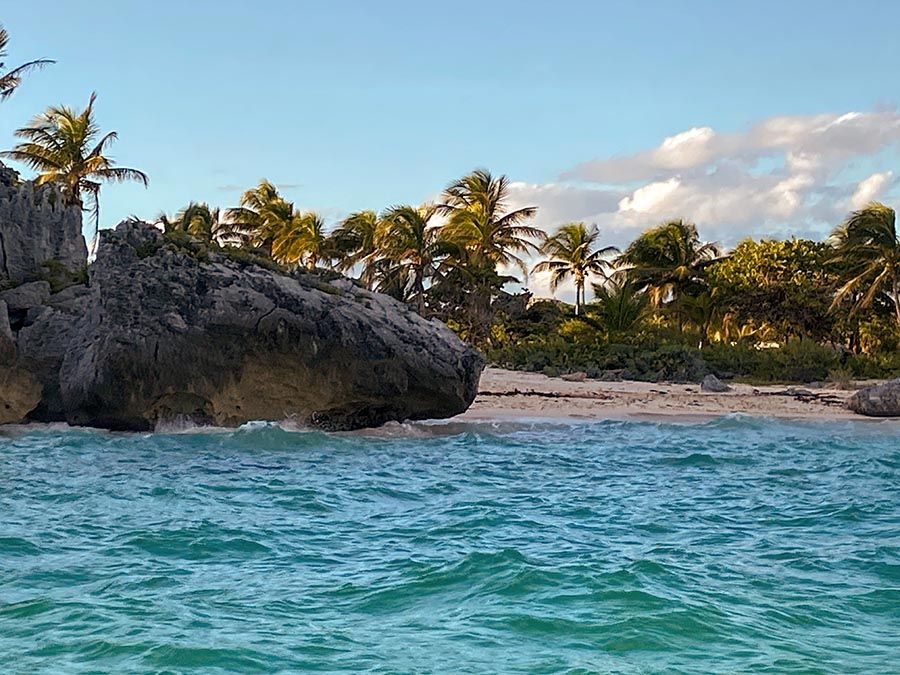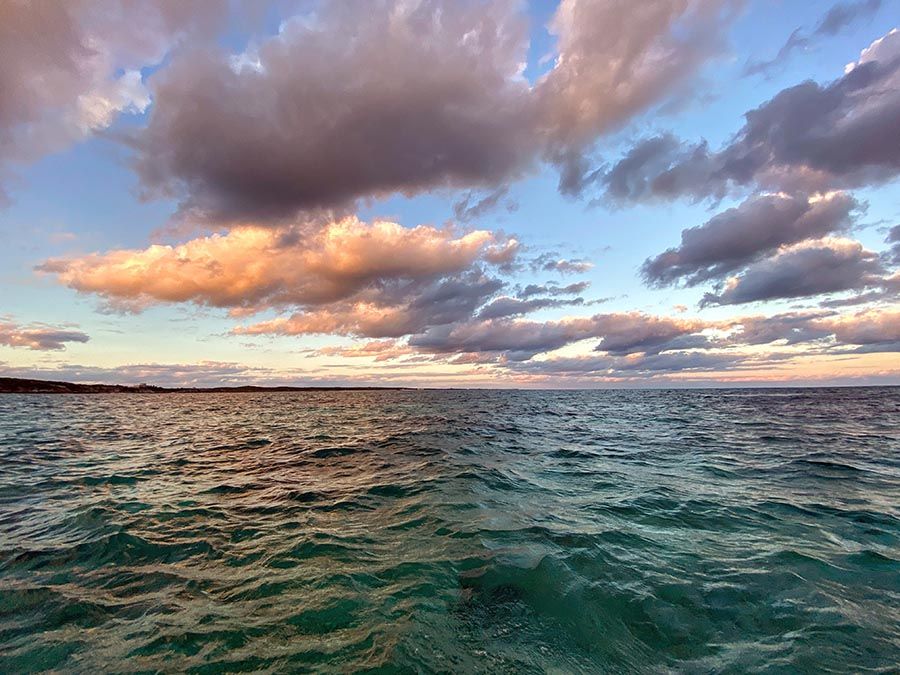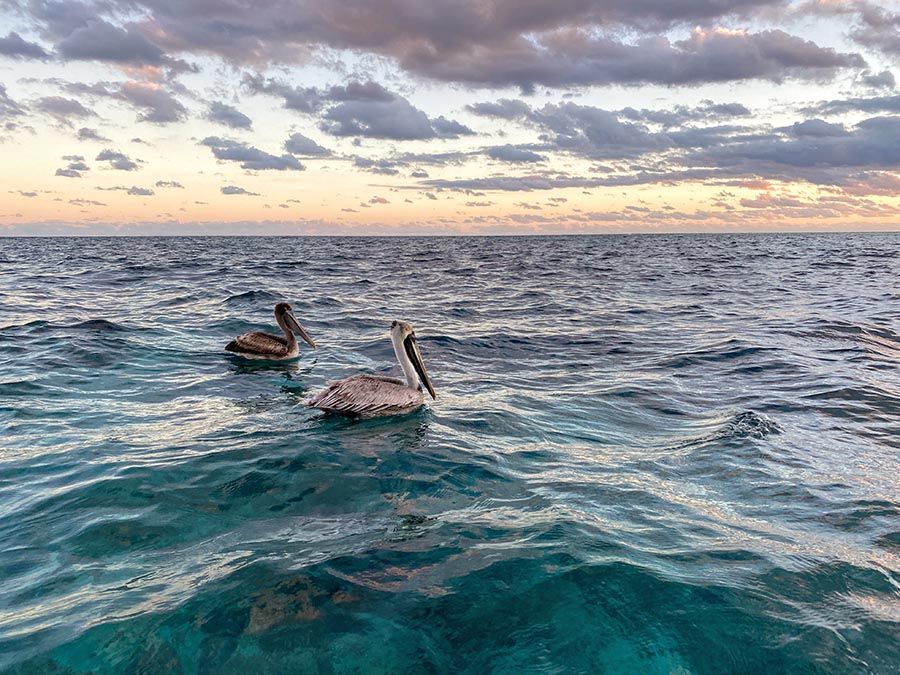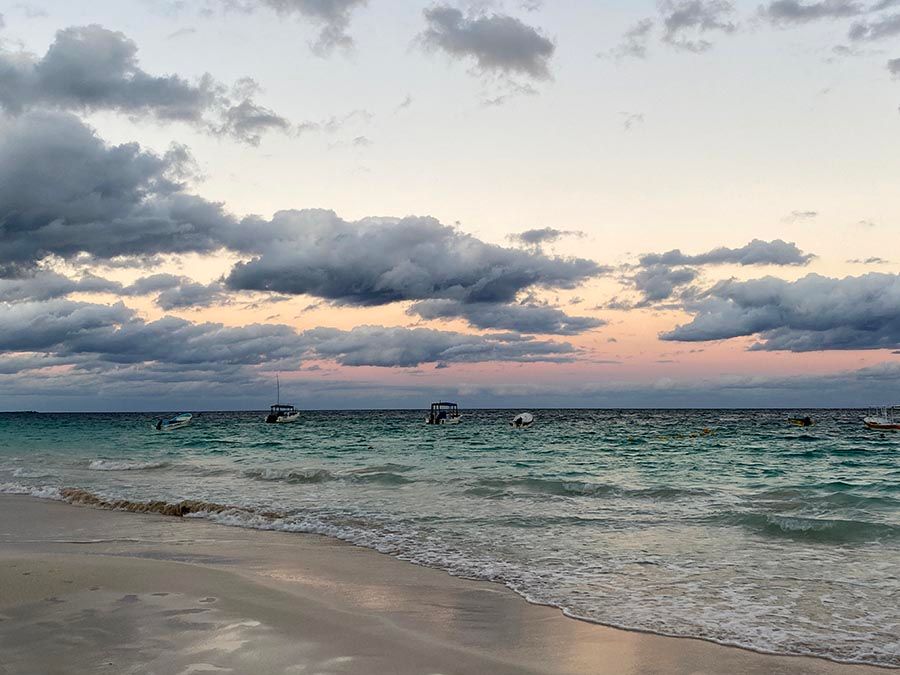I’ll break my habit of starting from the brief history overview, and start instead from what happened on my latest trip to the Yucatan. I went to explore the Tulum archeological site, only knowing that I was going to see the largest Mayan ruins that are situated almost on the beach. What I did not know was that entering the ancient city would provoke the strangest feeling I’ve ever experienced. I should say beforehand that I am not inclined to mysticism, nor easily carried away by imagination.
But as I made my first steps down the pathway leading to the entrance, as I felt the ancient stones under my feet, stepped under the rich green canopy of the jungle, and climbed stone stairs to the wall, reality began to fade away.
The world suddenly changed around me. I saw myself entering a sacred place, or maybe returning home after a long journey. It was like hearing a voice saying: "I have been waiting for you for so long, where have you been?" I've never gone on any pilgrimages, but I think maybe that was like the feeling a pilgrim receives upon finally reaching the destination. It was a feeling of awe and excitement that gave me goosebumps. I've seen a number of various ancient places in my life, but I do not recall experiencing such a feeling before.
It is said: “You travel far just to find more of yourself.”
I agree. But to find more of yourself sometimes you need to travel far away. That's why I like to travel, collecting little bits of myself here and there, assembling the puzzle of my soul and life.
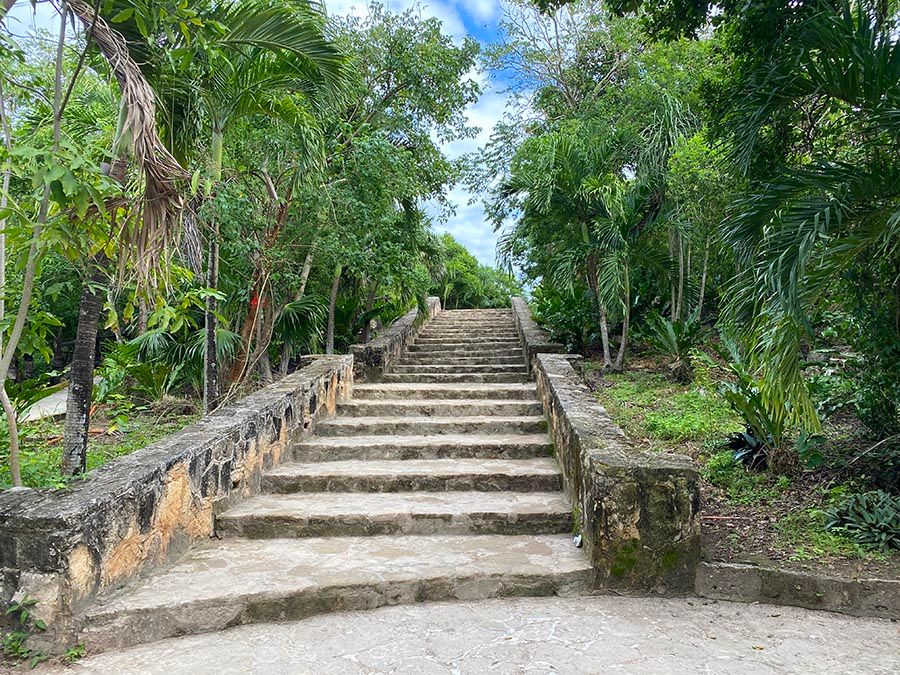
A small town on the east coast of Yucatan peninsula, in close proximity to Playa del Carmen, Tulum hosts the biggest Mayan ruins on the Yucatan Peninsula.
Once a large, walled city full of temples and shrines, Tulum is unique in many ways. People have lived there since at least the 6th century. Being the only Mayan town situated on the seaside, it came to the peak of prosperity between the 11th and 16th centuries. A sandy beach lining the quiet cove formed a convenient harbor, so it naturally became a major trade center for boats arriving for sea trade between the Yucatan Maya and people living in the southern parts of the Caribbean coast, the territory of modern Guatemala, Honduras and Belize. Mayan culture was the first to cultivate cocoa trees and they also brought to us chocolate, vanilla, chili peppers and pineapples.
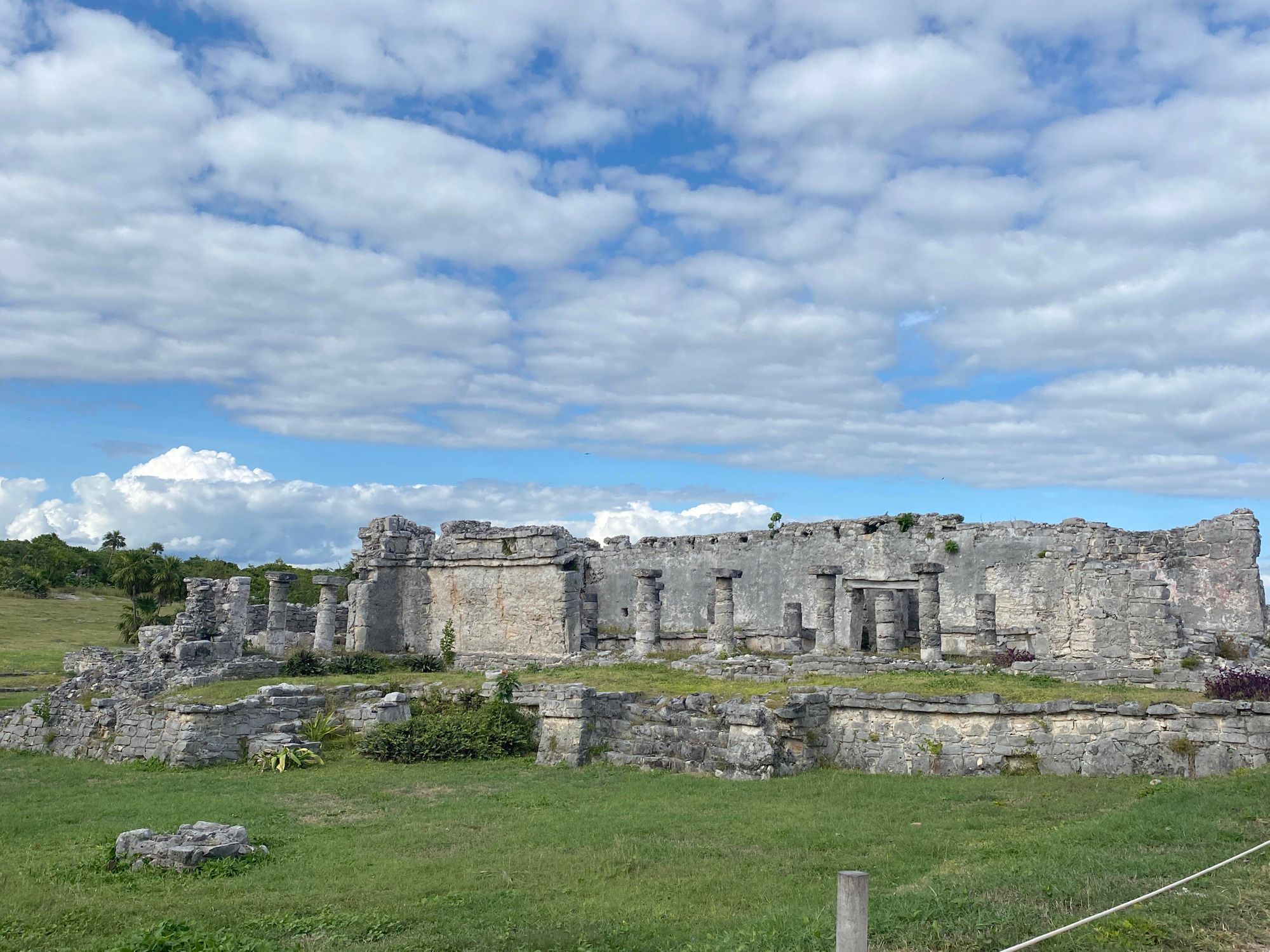
"Tulum" means "the wall," and walled cities weren't common in Mayan culture. Actually, Tulum was the only one. The walls were situated on the land side, leaving the sea side open. According to archeologists, the city's earlier name was "Zama,” which means "dawn," because of the beautiful view of the sun rising from the turquoise Caribbean waters. Boats loaded with goods from all over the Caribbean coast sailed to its small harbor.
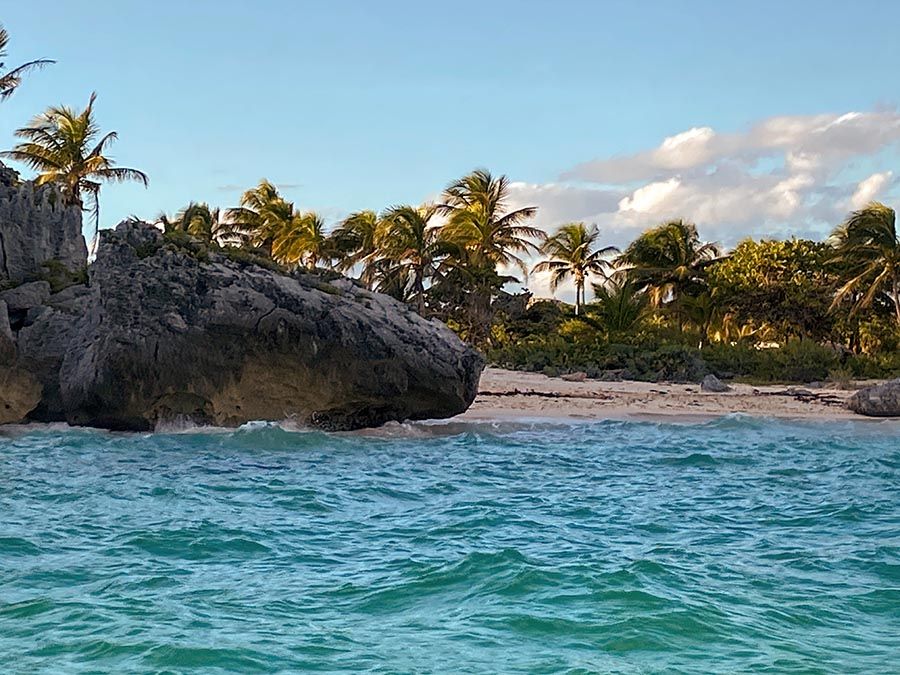
Tulum had many temples dedicated to various gods, as well as a number of smaller shrines and even its own cenote, a natural freshwater well with a temple dedicated to the god of water. It is interesting that being the almost only source of freshwater on the Yucatan peninsula, cenotes were also believed to be entrances to the underworld. Tulum’s stone temples were built solidly, meant to last through the centuries. Indeed, even in the 21st century we can take a look at the best preserved Mayan ruins on Yucatan.

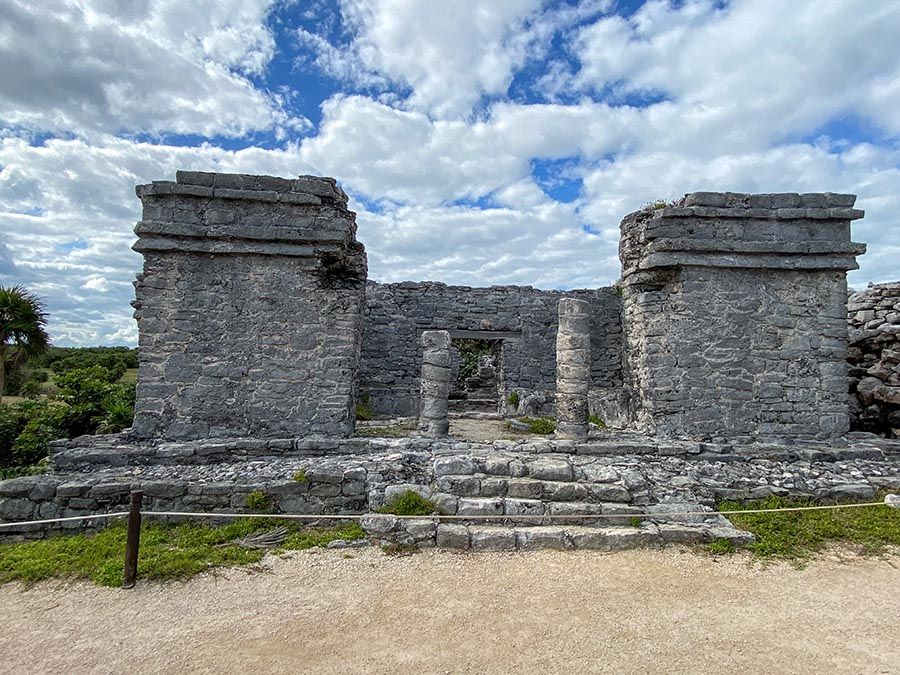
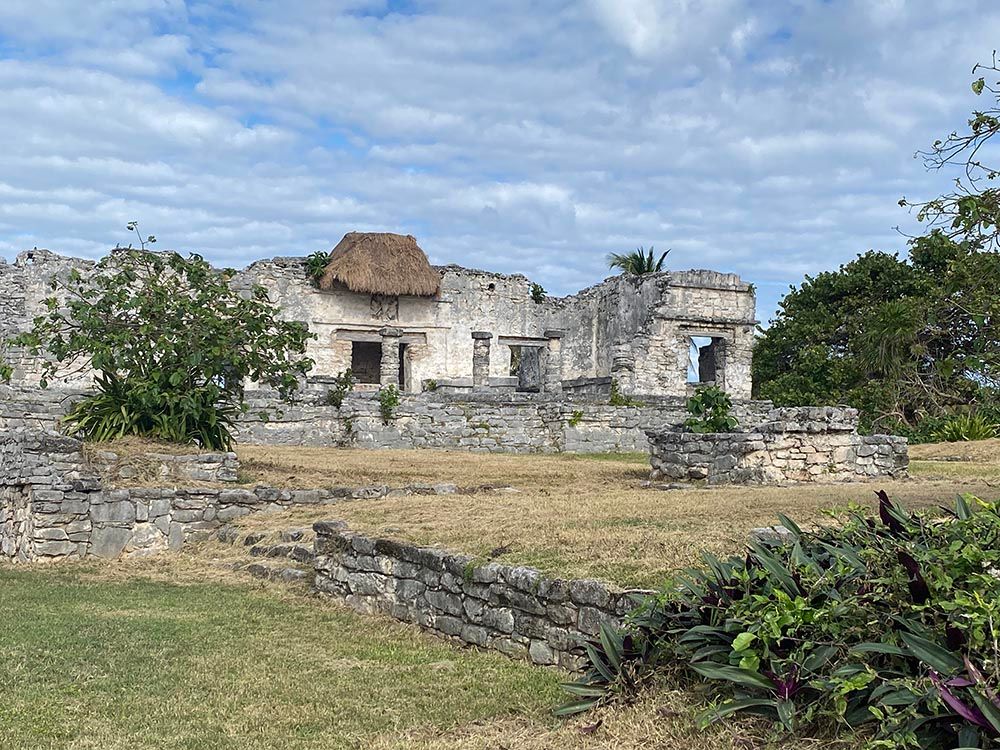
Unfortunately, after the first arrival of ships from the Old World, history went the predictable way: along with the conquistadors came overseas diseases, against which the Maya were not immune. As a result, over time a large part of the population became extinct, while the rest were forced to leave the densely populated city. Sadly such a turn of events is not uncommon by any means when it comes to conquest and colonization

But Mayan culture had remained surprisingly strong and mostly survived to the present days. It is so to say, community based culture that holds to its very strong roots. I talked to local Maya and was very surprised to learn that Mayan language is not taught in schools, at all. So it seems that Mayan culture is not supported by the current government at all. And yet, the Mayan language is widely spoken in the Yucatan, and some villagers’ Spanish is quite limited as they mostly communicate in Mayan.
To see the ruins, go to the Zona Arqueologica de Tulum, on the outskirts of town. The ruins are situated about 2 miles from the city center. It is a short taxi ride - you can also drive there yourself if you have a rental car. Keep in mind that the parking lot, even given its large size, is usually fully packed and finding a spot there might take some time and luck. I would suggest taking a taxi and thus avoid hunting for a spot.
Five tips for making the best of your visit:
1. Arrive before noon so you have plenty of time to explore the ruins and, if you so desire, nearby beaches. Reserve at least an hour and a half or more to see all the temples. There are very interesting stone carvings, beautiful views and a selection of cozy places to take a rest.
2. When you go exploring the ruins, have on your sunscreen and plenty of water. There is almost no shade, the place is quite open.
3. Like everywhere in Mexico, do your research first and know what exactly you want to get. When you arrive at the large parking lot (cars and buses are not allowed to drive right up to the archeological park), you'll be offered a wheeled train ride to the entrance. It is fun, but you also can walk there by foot and it takes approximately 10 minutes or less. I would not also suggest bothering with bike rentals, unless perhaps you want to go to the remote beaches. The bikes are old and heavy, and you will have to be back before rental is closed for the day.
4. Tickets are sold right at the ruins’ entrance, NOT at the parking lot, so feel free to ignore all the booths you may see. They sell a variety of tours for different prices. Just walk to the far left corner of the parking lot and look for the signs. A straight road leads to the ruins from there. There are clean restrooms right before the entrance, in case you need them. No restrooms on site.
5. Most probably you will be offered a boat ride to look at the ruins from the water. That's what we did when we arrived a bit too late in the afternoon when the ruins were closed for the day. The cashier at the parking lot entrance offered us a boat trip, which we promptly accepted. From her explanations it seemed like we were going to see all the ruins from the water and then do some snorkeling if desired. We walked about 30 minutes to the beach, Playa Pescadores, then boarded the small motorboat and went off. Actually, you can hardly see anything from the sea except El Castillo, the temple closest to the water on the hill. The view is charming, but this temple is all you can see. The boat stopped for ten minutes, everyone made their photographs and then we went to the snorkeling spot. It was a nice snorkeling trip, but it had nothing to do with sightseeing the ruins. Beach itself was good, though: clean sand, warm water, snack bar - all you need for a good day on the Caribbean coast.
